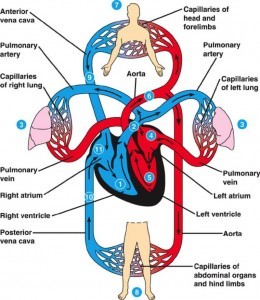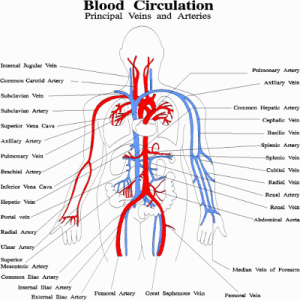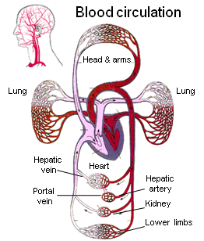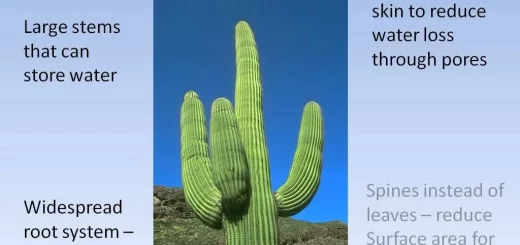Blood circulation in circulatory system, major & minor circulation
The blood circulation
Blood circulation is the path of the blood throughout the body. It can be divided into two small circulations which are minor (pulmonary) blood circulation, and major (systemic) blood circulation.
The minor (pulmonary) blood circulation is the blood circulation between the heart and the two lungs, The major (systemic) blood circulation is the blood circulation between the heart and all the parts of the body.
The blood carrying carbon dioxide gas reaches from all the body parts to the right atrium through the two large veins which are the superior and the inferior venae cavae.
The blood flows to the right ventricle through a valve, The right ventricle contracts pumping the blood into the two lungs through the pulmonary artery, Inside the two lungs, carbon dioxide gas is exchanged with oxygen gas.
The blood rich in oxygen (which comes from the two lungs) returns to the left atrium through the pulmonary veins, then it flows to the ventricle through a valve.
The left ventricle contracts pumping the blood rich in oxygen to all the body cells through a large artery called the aorta.
The wall of the left ventricle is thicker than the right ventricle as the left ventricle pumps blood to all the body cells, while the right ventricle pumps blood to the two lungs only.
When the right atrium receives blood rich in carbon dioxide from the venae cavae, the left atrium receives blood rich in oxygen from the pulmonary veins.
When the right ventricle pumps blood to the lungs, the left ventricle pumps blood to all the body cells.
You can download Science online application on google play from this link: Science online Apps on Google Play






